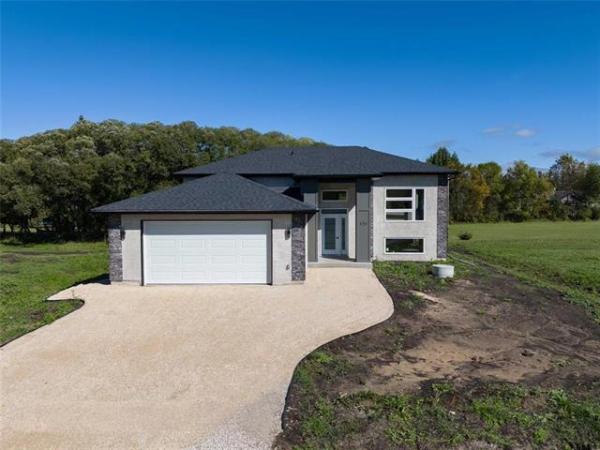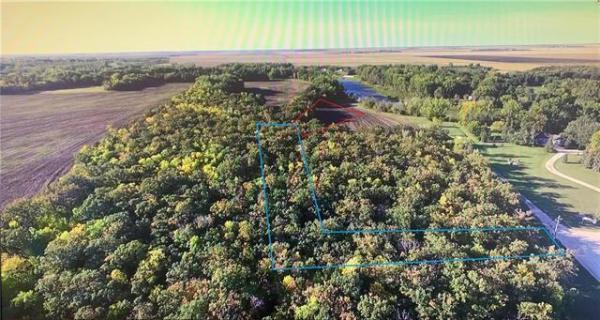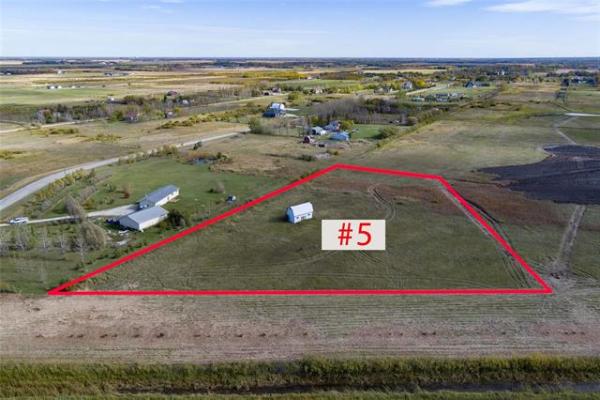Question: With all the water issues in basements last spring, I had some seeping into my basement. In the fall, I piled up dirt around my foundation, to help the water run away from the house. I am wanting to plant something on this dirt so it doesn’t run off with the rain, nor just become weeds. I’m not sure what is best. I don’t want grass, as some areas are hard to get at. I was looking for something that would spread quickly, as there is a lot of piled up dirt along the foundation. Most of it is in the shade, or only gets a couple hours of sunlight in the afternoon. Gout weed would fit the bill, but as it is invasive, I don’t want that. Do you have any suggestions?
Thanks for any help you can give, Beth Wilton.
Answer: Vegetation that is adjacent to your foundation should be chosen for its ease of care and low growth height. Anything that meets those two criteria should be an ideal solution to prevent soil erosion and moisture intrusion.
The first exclusion I would like to note is that I have very little experience with plant nomenclature and science. While a large part of my formal education was in scientific disciplines, I’m afraid I never took anything resembling a botany course. While I will still endeavour to provide an answer to your excellent question, it will nor include suggestions for specific species of plants. For that, a local garden centre, or other plant specialist, should be sought out.
I commend you for taking the correct initial path toward prevention of moisture intrusion into your foundation. A large number of the homes that experience this perennial problem have poor grading around their foundations, which can either cause or exacerbate a seepage issue. This should always be done in conjunction with efforts to route eavestroughs downspouts away from the home, which is usually the largest source of the water that gets inside. Combining your soil buildup with better roof drainage may be enough to negate or minimize the basement leakage so that more serious and expensive repairs are not warranted.
You are exactly correct that the new topsoil you have installed may quickly disappear if you don’t take further measures to hold it in place. Many homeowners opt to install a landscape fabric and stone, mulch, or other granular materials on top, for both aesthetic and practical reasons. That type of covering may work, but it will still require periodic watering and general maintenance to prevent shrinkage of the new soil. The main benefit of that type of soil cover is that it can quickly be done anywhere, regardless of sun exposure, fencing, eave overhangs, or direction. Regardless, planting some form of vegetation is preferable, as it will provide the dual functions of holding the soil in place and maintaining proper moisture content.
As just stated, vegetation will help prevent erosion and disappearance of soil next to your foundation by holding it in place with its roots. Good root structure will also prevent the soil from drying out, as regular watering of the plants will be required to ensure their viability. So, having a complete layer of vegetation immediately adjacent to your foundation will require you to water regularly, which will maintain good soil conditions, unless there is a fair amount of natural precipitation. If there is too much rain, the plants will help absorb some of this excess and also prevent the newly placed earth from washing away.
To directly address your question, the simplest choice would be to plant grass seed, or sod, which is the most common thing to do in this area. You are correct that it may be more difficult to maintain and grow due to the limited sunlight and access. If that is the situation, as it is with many homes, most other types of low vegetation should be an acceptable alternative. Anything that only grows a few centimeters high is ideal, as it will allow access and inspection of the top of the foundation. This is important to monitor for cracks and deterioration, which may also be a cause of spring seepage. As well, the vegetation should be kept to a maximum height, to prevent blocking basement windows, furnace vents, gas meters, air conditioners, and other items in or near the foundation exterior.
Even though I don’t know what “gout weed” is, I agree that you should look for plants that are indigenous, or well established and suited to our Prairie climate. They are usually the easiest to grow and maintain, unlike many types of lawn grasses, which require lots of watering, sun, and often artificial fertilizers, for healthy growth. Whatever you choose it should still require regular watering, which will help remind you to replenish lost moisture in the soil outside the foundation, during hot summer weather. It is doubtful that any type of small plants will negatively affect the concrete foundation, but the inverse may be true. Plants that are resistant to minerals which may leach out of wet concrete or parging, often in the form of salty efflorescence, will be ideal candidates.
Choosing a specific type of plant or plants to grow outside your foundation should take into consideration the growing conditions in the area and composition of the concrete. Any type of vegetation that has a low growth height, is resistant to chemicals leeching from the foundation walls, and requires minimal to moderate watering, may ideally suit the bill for the area outside of your home.
Ari Marantz is the owner of Trained Eye Home Inspection Ltd. and a Registered Home Inspector (RHI)(cahpi.ca). Questions can be emailed to the address below. Ari can be reached at 204-291-5358 or check out his website at trainedeye.ca.
trainedeye@iname.com



